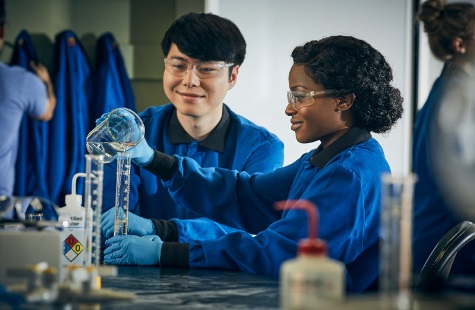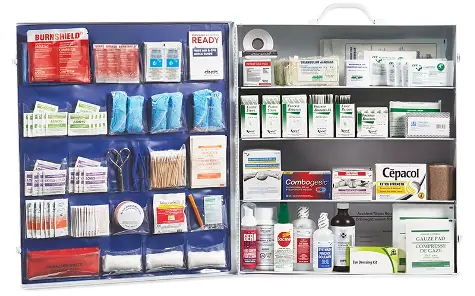
Foster an environment of safety every time students, faculty and staff step into your laboratories. This starts with putting proper controls in place to help minimize the risk of injury for your researchers and students. Leading products and professional services from Cintas can help.

Add additional layers of protection for your researchers and students with lab coats. Through our Lab Coat Program, we pick up dirty lab coats, inspect and perform any repairs or replacements, and hygienically launder them before delivering right back to you.

Help your school stay prepared with Cintas. Our scheduled service visits include keeping your first aid cabinets well-stocked with the products you choose, your Personal Protective Equipment (PPE) delivered, and your eyewash stations professionally serviced and ready to use.